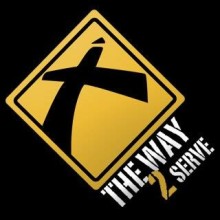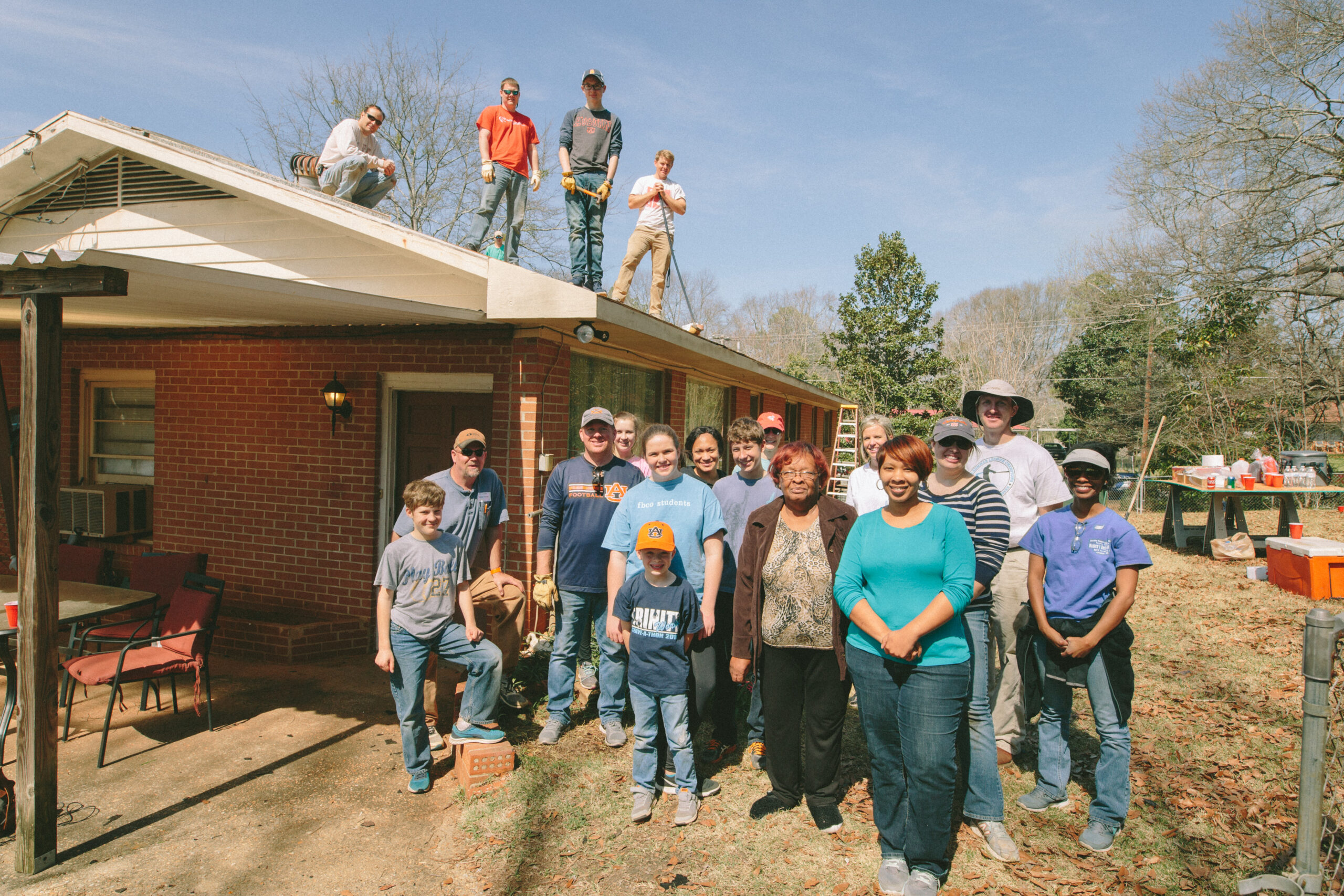written by Tom Tippett
The Old Testament saints had been through a terrible period of Babylonia captivity. This 70-year period was to accomplish the discipline of the LORD God, purify His people for future service, unify His people after generations of divisions from civil conflict, and rebuild the community of faith that was once infected by idolatrous practices. With the rebuilding of the wall to define and protect the city, and the rebuilding of the temple as their center of worship, the community was positioned to be the people who honored the one true God of all gods.
Chapter 7 records the structure of the community. In verse 1, there is the mention of the wall and doors. The gate keepers, singers, and Levites for worship were appointed. In verse 2, Nehemiah tell us that his brother, Hanani, and Hananiah, the commander of the fortress was put in charge of Jerusalem. The latter is described as “a faithful man and feared God more than many.” From verses 3 and 4, we know that security for the city was tight. Entrance into the city was strategically guarded, and each home was to be protected by the man of the house.
Notice what Nehemiah records next: “Then my God put it into my heart to assemble the nobles, the officials and the people to be enrolled by genealogies.” The assembly of the people will be based on the records found from those names recorded when Babylon took the people into slavery 70 years earlier. Here we have insight into the precision of recorded-keeping of all the people. No one was to be left out, no one was to be lost. Everyone was to be accounted for. The numbers and names listed from verses 7 through 61 let us know of the determination to have a record of each person. Those who could not prove ancestral connections were excluded from the priesthood.
The assembly of a unified people has always been our Father God’s work, to preserve His name on the earth through a community of faith-driven people. This is no less true in our day. When God the Son invades human history, He brings the perfect example of community. For a period of 400 years, the LORD God is silent from written documents of His work to build and persevere His kingdom through His Son by His Spirit and His word. Then the explosion occurs with “the Word made flesh and dwelt among us.” The definition of community was initiated through His teachings and example. And community would not be based on a certain location (see the conversation with the woman from Sychar in John 4). After He left, His apostles begin to put the meat on the bone. Our Lord will the head of the community.Everyone member of the community is endowed with His Spirit. Every member of the community will be a priest. Certain members will be gifted to guard the community and develop the community into the complete sociological collection of humans ever assembled.
Our Lord’s prayer in John 17 lets us know what His agenda is – the unification of His community through His word. His apostles further define the community as a body, with each member important, accounted for, and contributing to the total spiritual, mental, emotion, and physical health of the whole. It is the diversity of giftedness of each member that enriches the whole, with each member serving the other in the Spirit of Christ the head.
Am I contributing to the unity of the Christian community where I live and around the world? Am I exercising the spiritual giftedness I have been given to build up, encourage, and comfort the other members of the community? Am I forsaking the assembling of the community, as is the habit of some? Am I contributing to the division in the community of faith by holding to certain traditions and doctrines that are not solidly based on the teaching of the Head of our community? Do I accept other members of the community who have different interpretations of our Father’s word?
“Then my God put it into my heart to assemble . . .”








